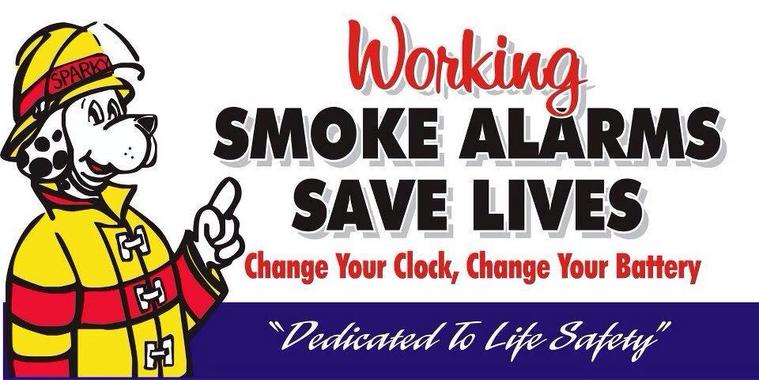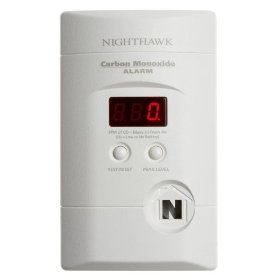
P U B L I C E D U C A T I O N
Proudly Serving Our Community



When should I replace the batteries in my smoke alarm and replace my CO Detector?
If you find yourself asking "Where should I place my smoke detector and when should I change the batteries?" There are many different types and varities of smoke detectors. However don't be discouraged they all work the same. Some newer homes have a networked system, smoke detectors are networked so if one goes off they all go off. In some cases if they are linked into the home security system the security system will notify the alarm company and they will notify our dispatch and/or police. If you do not have this in your home its ok your still covered. it is recommended that you place smoke detectors outside of bedroom areas, near a kitchen however, not in the kitchen. and on every floor of the home. Batteries should be replaced every six months. Change the clocks change the batteries.
Smoke Detectors
 The importance of having a carbon monoxide detector is often underestimated or simply forgotten by many residence's. Carbon monoxide sources, such as furnaces, generators , and open flame heaters are common in home's and can put your family at risk for carbon monoxide poisoning!! CMP(Carbon Monoxide Poisoning) is very dangerous.
The importance of having a carbon monoxide detector is often underestimated or simply forgotten by many residence's. Carbon monoxide sources, such as furnaces, generators , and open flame heaters are common in home's and can put your family at risk for carbon monoxide poisoning!! CMP(Carbon Monoxide Poisoning) is very dangerous. It is recommended that a C0 detector be placed on every floor of the home. Also we recommend that you vacuum out the detector monthly to reduce false readings caused by dust. detectors should be placed near the floor, as CO is heavier than air and will NOT rise
Symptom's commonly include:
*Difficulty Breathing
*Headache * "Flushed" or "red" skin
*Dizziness *Nausea
*Weakness *Vomiting
*Chest pain *Confusion
If your CO Detector is going off, whether you have ANY of these symptoms or not leave the home IMMEDIATELY and call 911. We will respond as we are trained and equipped to go into the home, and confirm if there is CO present or if there is a faulty detector. Do not try to fix it yourself and do not attempt to ventilate the residence, it will assist us in determining the source location and "peak levels". In fact the CDC reports that over 15,000 people each year are treated in emergency rooms for a non-fire related carbon monoxide exposure.
CO Detectors
HANDS ONLY CPR
DID YOU KNOW THAT THE LONGER SOMEONE IN CARDIAC ARREST GOES WITHOUT CPR, THEY'RE SURVIVAL OF THE EVENT IS DECREASED DRAMATICALLY?? HANDS ONLY CPR COULD HELP YOU'RE LOVED ONE
DID YOU KNOW THAT THE LONGER SOMEONE IN CARDIAC ARREST GOES WITHOUT CPR, THEY'RE SURVIVAL OF THE EVENT IS DECREASED DRAMATICALLY?? HANDS ONLY CPR COULD HELP YOU'RE LOVED ONE